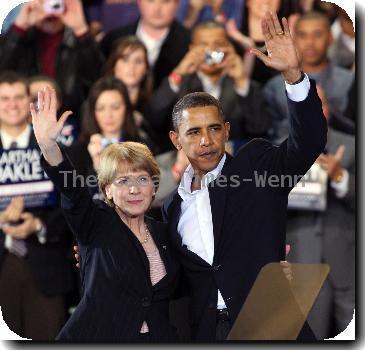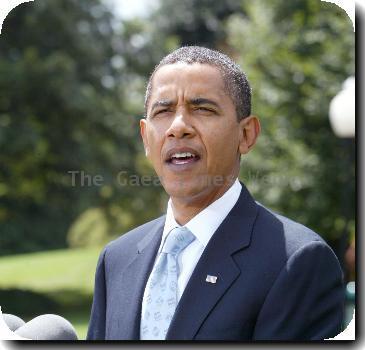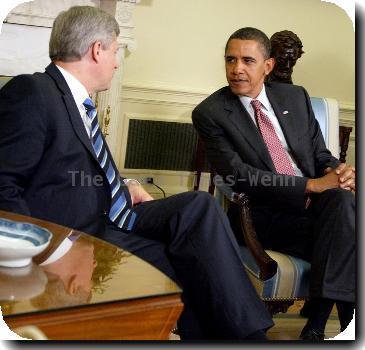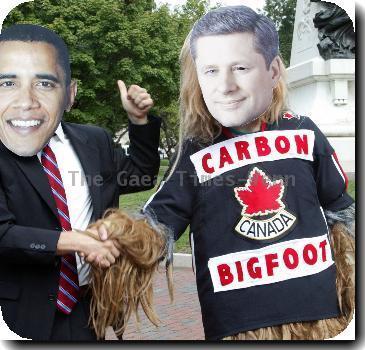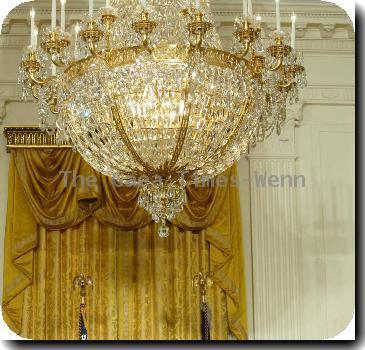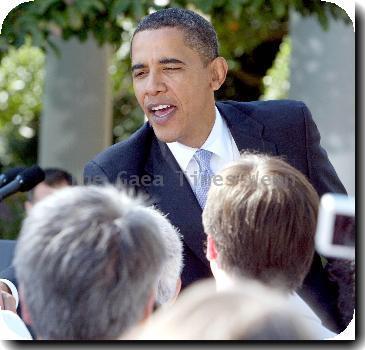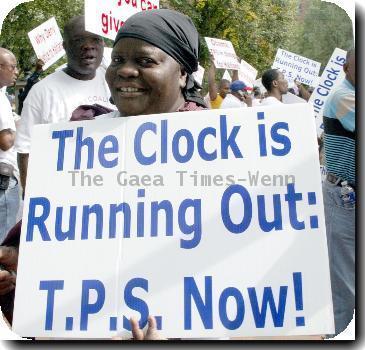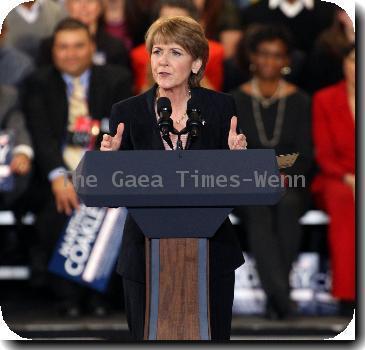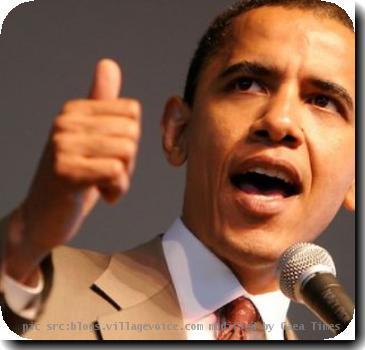Projects in California, Florida, Illinois are the biggest winners of high-speed rail grants
By Joan Lowy, APThursday, January 28, 2010
White House to dole out $8 billion in rail grants
WASHINGTON — High-speed rail projects in California, Florida and Illinois are among the big winners of $8 billion in grants to be announced Thursday by the White House — the start of what some Democrats tout as a national rail-building program that could rival the interstate highways begun in the Eisenhower era.
Thirteen rail corridors in 31 states received funds. The White House, which supplied a list of the grants to reporters late Wednesday, billed the program as “high-speed rail,” but only the California project calls for trains with maximum speeds exceeding the 200 mph achieved by some trains in Europe and Asia.
Some of the money will go toward trains with top speeds of 110 mph, while others — such as the $400 million allotted to Ohio to connect Cleveland, Columbus, Dayton and Cincinnati by rail — will go toward trains traveling no faster than 79 mph.
President Barack Obama and Vice President Joe Biden are expected to pitch the program as a boost to the economy at a town hall meeting Thursday in Tampa, Fla. A half-dozen Cabinet members and other senior administration officials were scheduled to fan out across the country for rail events Thursday and Friday. The White House said rail projects will create or save thousands of jobs in areas like track laying, manufacturing, planning, engineering and rail maintenance and operations.
Except for Amtrak’s Acela line between Boston and Washington, there are no high-speed trains in the U.S. and no domestic high-speed rail industry. Transportation Secretary Ray LaHood and members of Congress have acknowledged they expect much of the expertise and equipment to be supplied by foreign companies.
Congress set aside the $8 billion as part of the economic recovery plan enacted last year. The money is just a start. Last year, Obama asked Congress in his budget request for an additional $1 billion a year for five years. Congress for this year approved another $2.5 billion that remains to be awarded. And Obama is expected to ask for yet more rail funds when his budget is unveiled next week.
Also, LaHood has hinted that some of the $1.5 billion allotted in the stimulus plan for discretionary transportation projects may go toward high-speed rail.
Japan launched the first high-speed trains in 1964, and France and other European countries followed in the 1980s and 1990s. China has announced plans to expand its high-speed rail system to a network of more than 16,000 miles by the year 2020 and has spent more than $50 billion.
Projects awarded the largest grants include:
— California: $2.3 billion to begin work on an 800-mile-long, high-speed rail line tying Sacramento and the San Francisco Bay area to Los Angeles and San Diego.
— Florida: $1.25 billion to build a rail line connecting Tampa on the West Coast with Orlando in the middle of the state, eventually going south to Miami.
— Illinois-Missouri: $1.1 billion to improve a rail line between Chicago and St. Louis so that trains travel up to 110 mph.
— Wisconsin: $810 million to upgrade and refurbish train stations and install safety equipment on the Madison-to-Milwaukee leg of a line that stretches from Minneapolis to Chicago.
— Washington-Oregon: $590 million to upgrade a rail line from Seattle to Portland, Ore.
— North Carolina: $520 million for projects that will increase top speeds to 90 mph on trains between Raleigh and Charlotte and double the number of round trips.
By spreading the $8 billion among so many states, Obama is ignoring the advice of transportation experts and high-speed rail advocates who said the best way to build continuing political support for the program would be to concentrate on two or three grants large enough to get a high-speed line up and running. Once that happens, they reasoned, other parts of the country would lobby for more money to build their own lines.
“We can’t try to touch as many political bases as we can with that money. We have got to do major projects,” Pennsylvania Gov. Ed Rendell said in a recent interview.
Sen. Dick Durbin, D-Ill., disagreed. “You really have to look at local and regional approaches to create the political will to expand the program,” he said.
On the Net:
Grant list: tinyurl.com/yb3cr83
Tags: Barack Obama, California, District Of Columbia, Florida, Illinois, North America, Obama, Ohio, Tampa, Train Travel, United States, Washington
